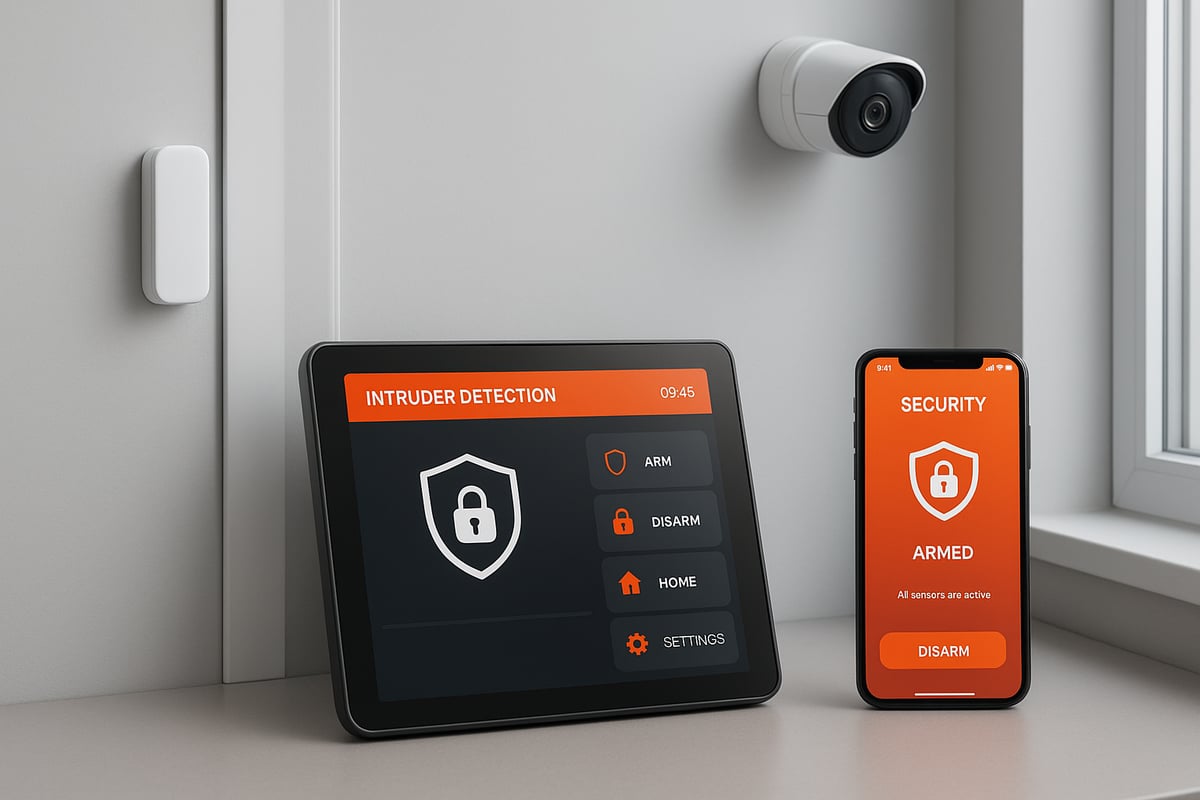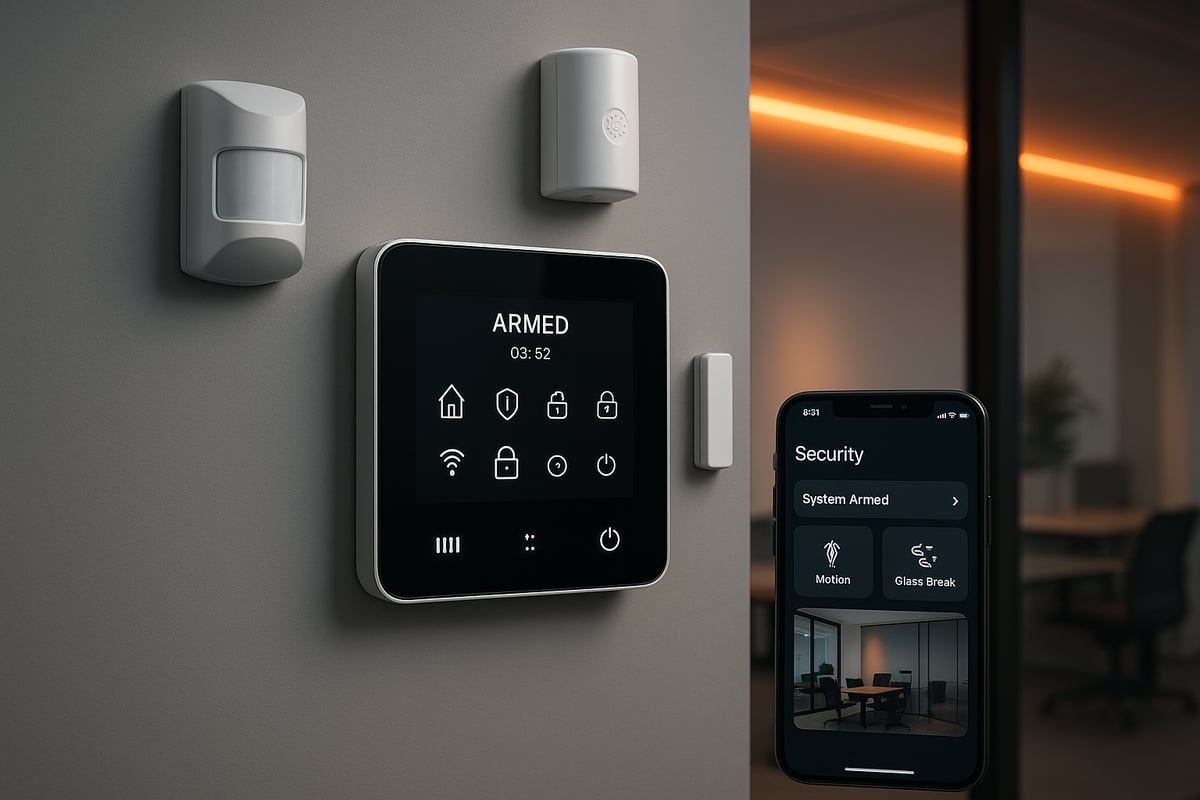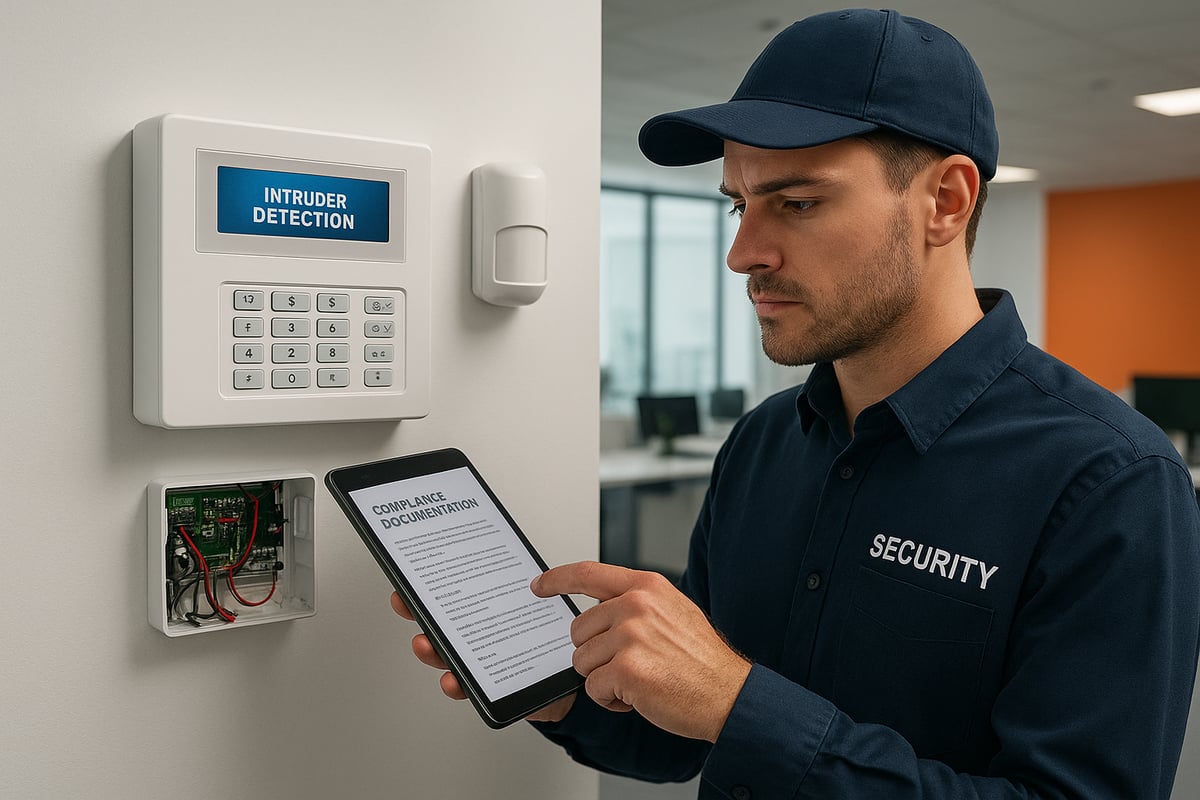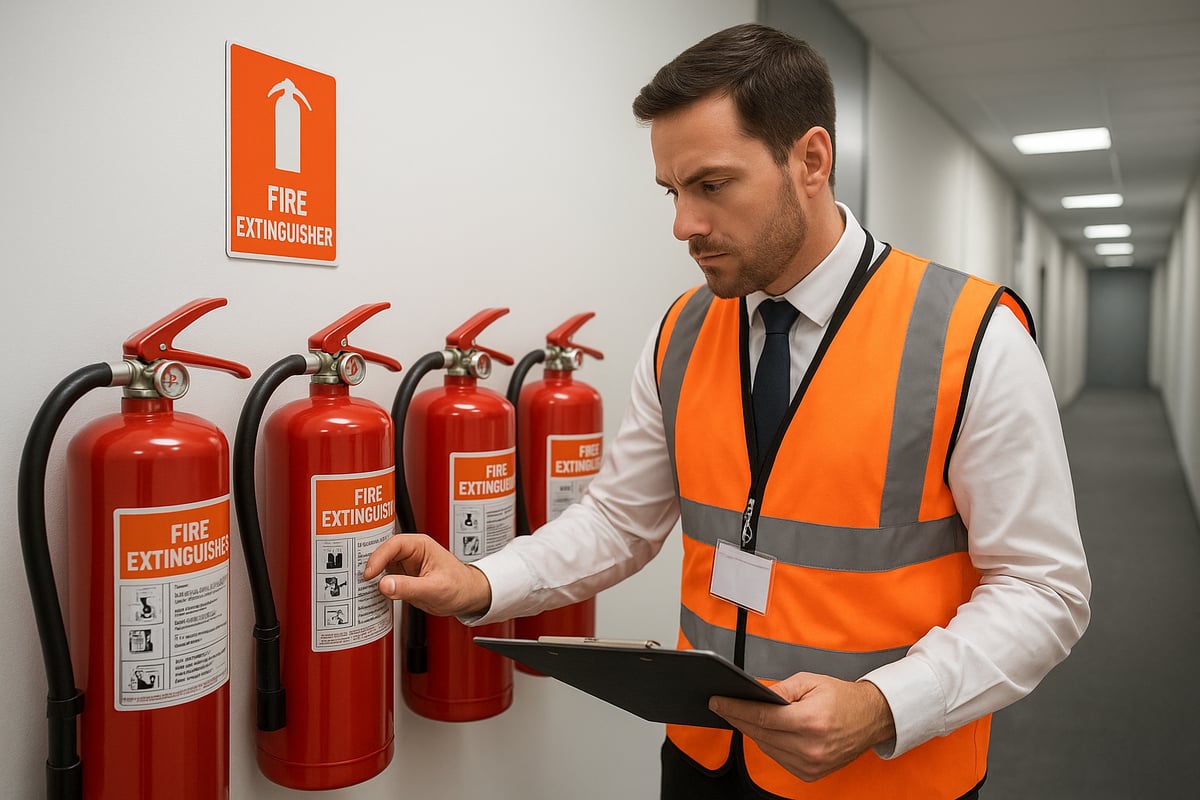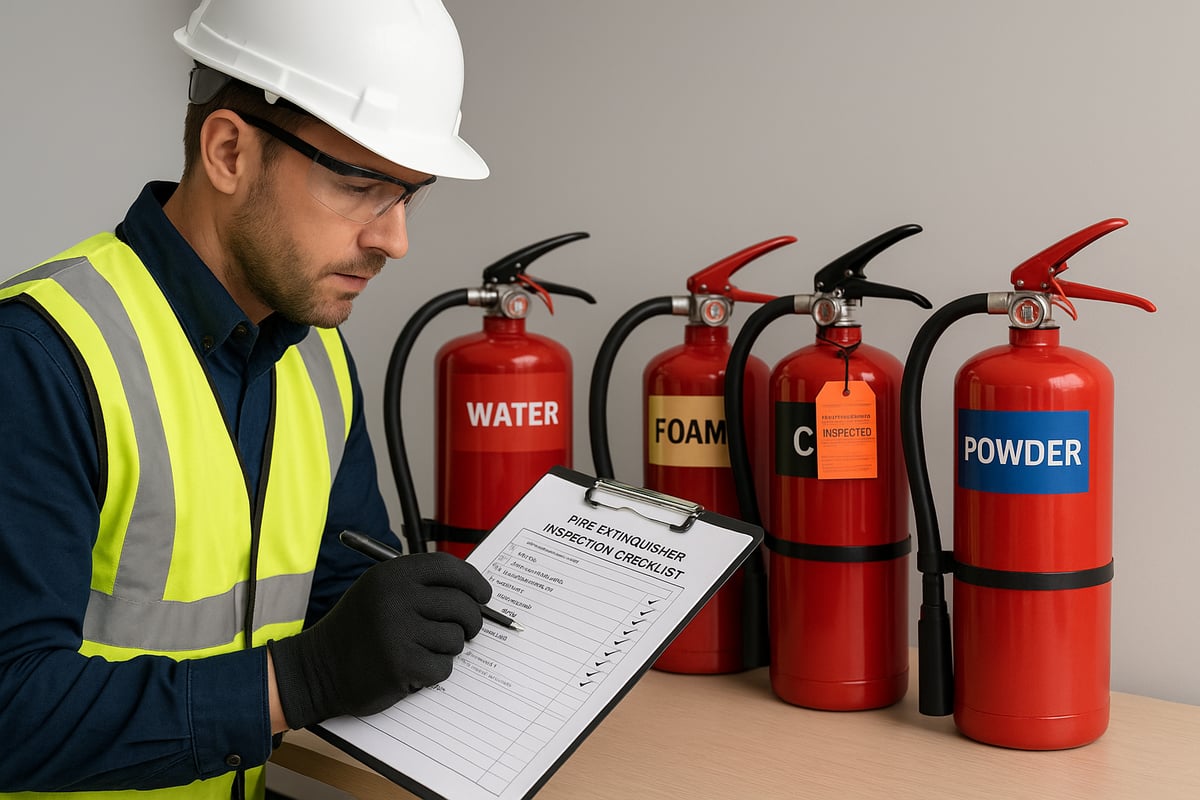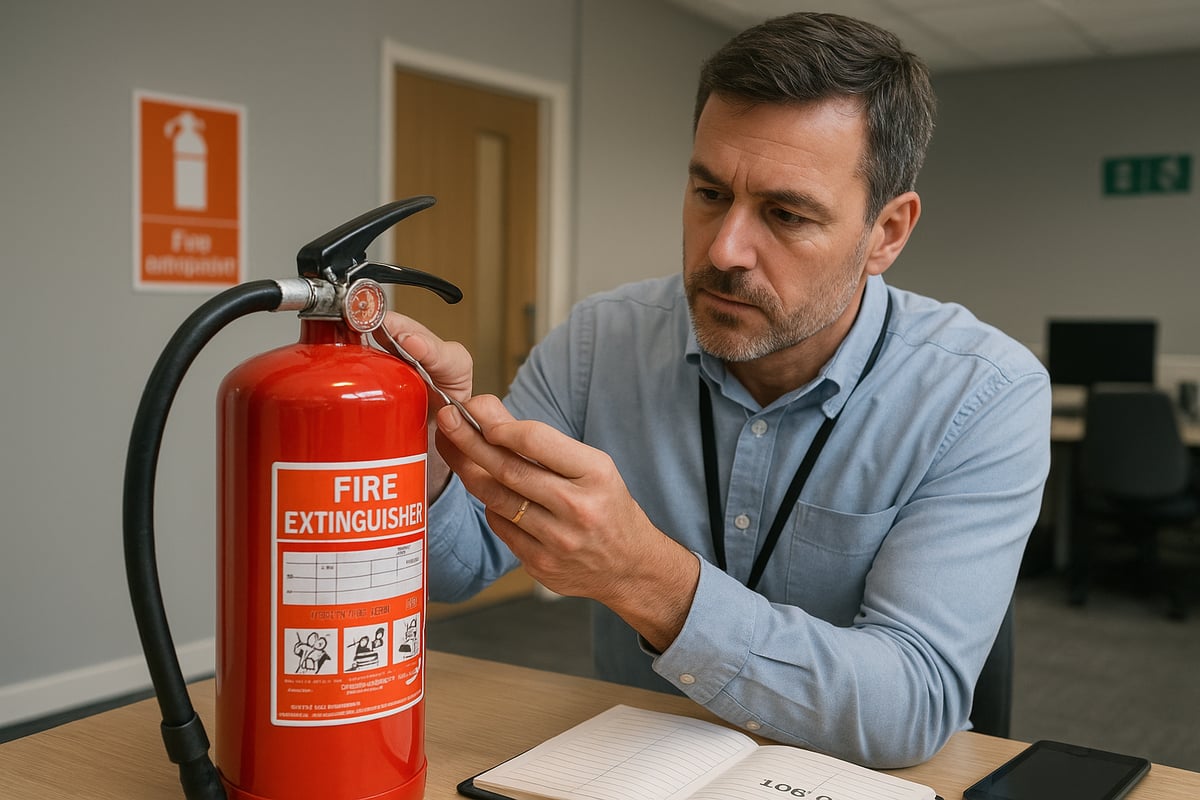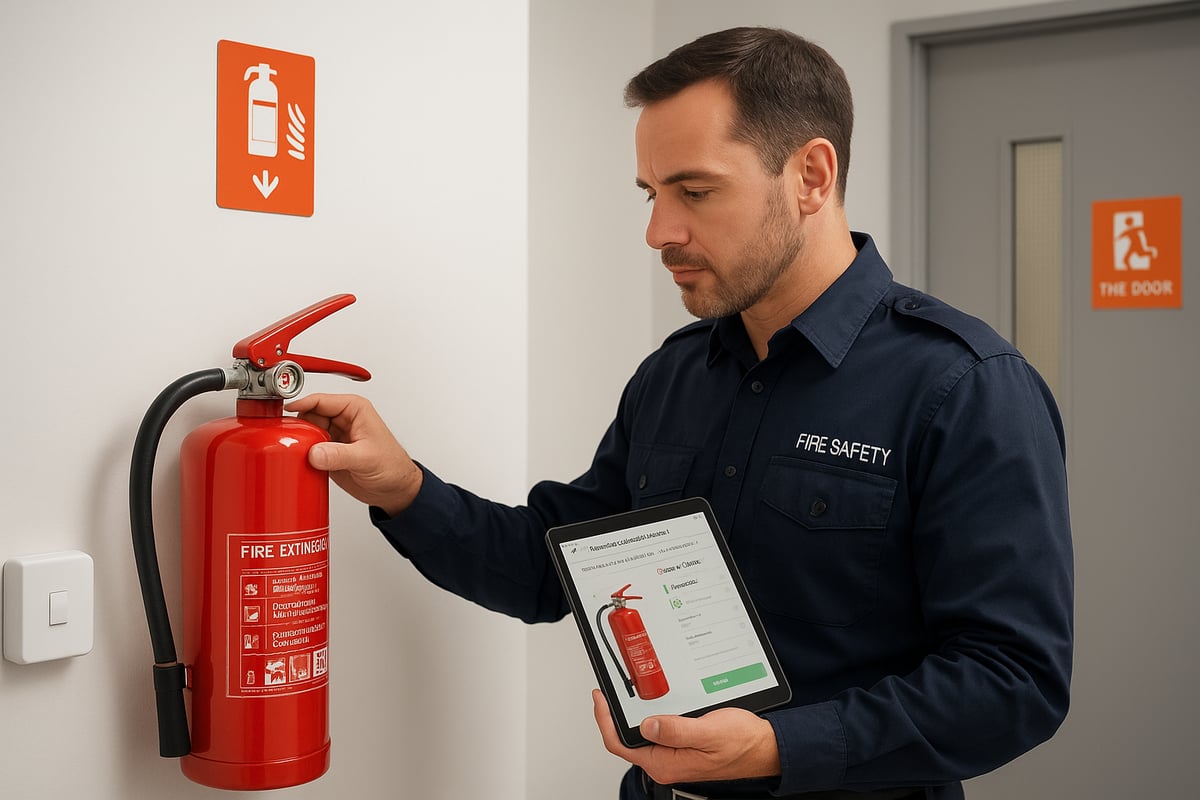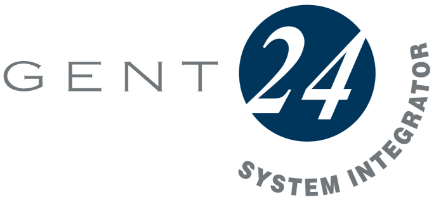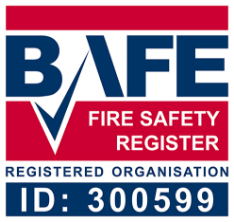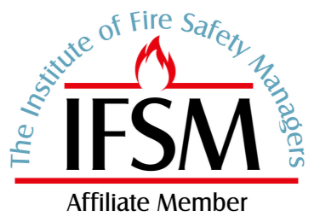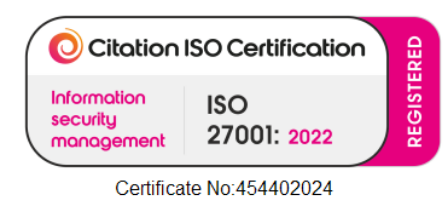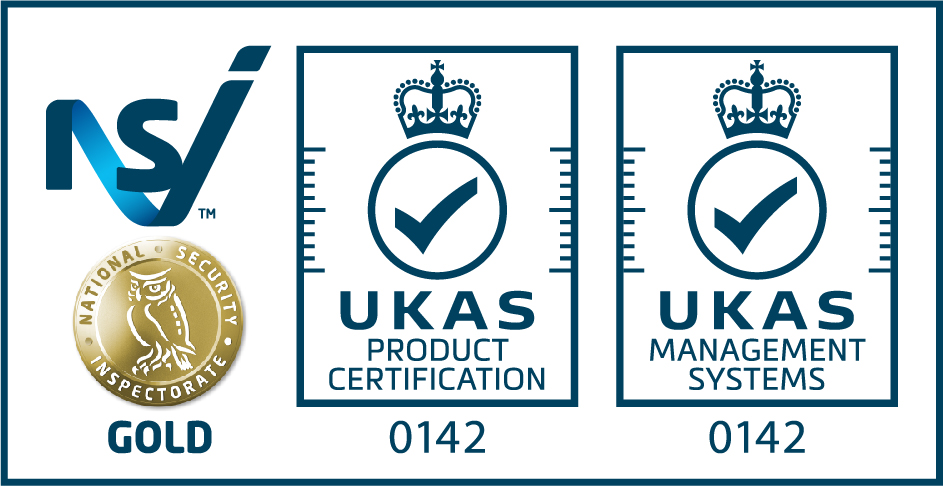The demand for fire security jobs in the UK is set to soar in 2025, driven by new safety regulations and the rapid adoption of smart technologies. As employers seek skilled professionals to protect businesses and communities, this article serves as your essential guide to the most rewarding and in-demand roles. Discover eight top fire security jobs offering excellent career prospects, competitive salaries, and clear skill requirements. Whether you are starting out or looking to advance, learn how these positions can secure your future and why now is the perfect time to apply.
The Evolving Fire Security Job Market in 2025
The landscape for fire security jobs in the UK is rapidly changing as we approach 2025. Growing regulatory demands, high-profile incidents, and the integration of advanced technologies are all driving substantial market expansion. For job seekers, this means more opportunities, rising salaries, and the need for updated skills. Let’s explore how the sector is evolving and what you need to know to succeed.

Industry Growth and the Need for Skilled Professionals
The demand for fire security jobs is set to rise sharply in 2025. This is largely due to stricter fire safety regulations and lessons learned from recent incidents, which have increased scrutiny across commercial and public buildings. According to UK fire and security job market statistics 2025, vacancies in the sector have grown by over 12% year-on-year.
Technological advances are also boosting job creation. The adoption of IoT devices, smart alarm systems, and integrated safety solutions is fuelling the need for professionals who can install, maintain, and design these systems. As a result, fire security jobs are evolving, offering varied roles and long-term career stability.
Core Skills and Qualifications in Demand
Employers are seeking candidates with a blend of technical and soft skills for fire security jobs. Key certifications are highly valued, including:
- BAFE (British Approvals for Fire Equipment)
- FIA (Fire Industry Association)
- NSI Gold accreditation
Technical abilities, such as electrical engineering, system configuration, and compliance with standards like BS 5839-1:2025, are essential. However, soft skills—such as problem-solving, communication, and adaptability—are equally important.
Multi-skilled professionals who can work across fire and security disciplines stand out in this competitive market. Continuous professional development is encouraged, as employers prioritise those who invest in upskilling and hold multiple industry certifications.
Regional Hotspots and Salary Trends
Fire security jobs are most plentiful in key UK regions, particularly London, the South East, and Manchester. These areas see consistent demand due to dense commercial activity and ongoing infrastructure projects.
Salary expectations vary by role and region. For example:
| Role | Typical Salary Range |
|---|---|
| Fire Alarm Service Engineer | £30,000 – £42,000 |
| Installation Engineer | £32,000 – £40,000 |
| Project Manager | Up to £60,000 |
Permanent positions often come with benefits like company vehicles, overtime, and pension schemes. Contract roles may offer higher daily rates and flexibility, appealing to experienced specialists. Both pathways provide strong prospects for those entering fire security jobs.
Career Progression and Long-Term Prospects
A career in fire security jobs offers clear progression routes. Many professionals start as engineers and advance to management or even director-level positions. Opportunities for specialisation—such as risk assessment or system design—allow for tailored career development.
The sector’s focus on upskilling and ongoing training ensures that long-term prospects remain strong, regardless of the economic climate.
Why Choose a Career in Fire Security?
Choosing a career in fire security jobs offers a unique blend of stability and growth. The demand for skilled professionals continues to rise as businesses, public sector organisations, and property owners focus on compliance and safety. Fire security jobs play a vital role in protecting lives and assets, making these roles essential across all economic cycles.

Job Security and Market Stability
Fire security jobs are considered recession-resistant because every business, school, and public venue must meet strict safety standards. Even during economic downturns, roles in this sector remain in high demand as compliance with fire safety regulations is non-negotiable. This stability makes fire security jobs attractive for those seeking a reliable career with long-term prospects.
Attractive Salaries and Benefits
Fire security jobs offer competitive pay, with average salaries for engineers ranging from £32,000 to £40,000, and management roles reaching up to £60,000 or more. Alongside base salaries, many positions include additional benefits such as company vehicles, overtime rates, and comprehensive training packages. These incentives create a rewarding environment for motivated professionals.
| Role | Average Salary | Additional Perks |
|---|---|---|
| Service Engineer | £32,000–£40,000 | Overtime, vehicle |
| Project Manager | £50,000–£60,000 | Bonus, car allowance |
| Risk Assessor | £35,000–£45,000 | Flexible work, autonomy |
Opportunities for Professional Growth
There are clear pathways for advancement within fire security jobs, from entry-level roles through to management and specialist positions. Employers often support ongoing development by funding industry certifications and specialist training. To explore current opportunities and see how you can build your skills, visit Careers at Logic Fire and Security. This commitment to growth ensures you can continually expand your expertise.
Making a Real Impact
Working in fire security jobs means your efforts have tangible results. Every project, risk assessment, or system installation directly contributes to saving lives and safeguarding valuable assets. Professionals in this field regularly witness the positive outcomes of their expertise, making each day meaningful and fulfilling.
Diversity of Roles and Work Environments
The variety within fire security jobs is unmatched. Whether you prefer hands-on engineering, consultancy, or project management, there is a role to suit your strengths. Work settings range from commercial and public sector sites to remote and hybrid arrangements, allowing for flexibility and a dynamic career experience.
Top 8 Fire Security Jobs To Apply For In 2025
The UK’s demand for skilled fire security jobs is set to soar in 2025, offering unparalleled opportunities for engineers, assessors, managers, and multi-skilled operatives. Whether you are an experienced professional or just starting out, these roles combine job security, competitive salaries, and the satisfaction of safeguarding people and property. Below, we spotlight the eight most rewarding fire security jobs to consider next year.

1. Fire Alarm Service Engineer
Fire alarm service engineers are vital in keeping buildings safe and compliant. In these fire security jobs, you will regularly service, maintain, and repair fire alarm systems, ensuring they meet the latest standards, such as BS 5839-1:2025.
Key skills include strong electrical or mechanical expertise, an eye for detail, and up-to-date knowledge of fire safety regulations. Engineers often work independently, responding to call-outs and scheduled visits, especially in high-demand regions like Hertfordshire and London, where rates can reach £225 per day.
Benefits:
- Job stability and autonomy
- Overtime and flexible schedules
- Pathways to senior or project roles
Employers range from specialist fire security firms to facilities management companies. Progression is supported by certifications such as FIA or BAFE.
2. Fire and Security Installation Engineer
Installation engineers play a hands-on role in fire security jobs by fitting, configuring, and commissioning fire alarm and security systems, including CCTV and access control. You will need wiring skills, system integration knowledge, and experience across multiple platforms.
Nottingham and Leeds are hotspots, offering salaries between £32,000 and £40,000 per year. These roles provide exposure to the latest technologies and often include company vehicles.
Benefits:
- Varied work environments
- Access to new technologies
- Opportunities for career advancement
Employers include national and regional security integrators. Progression leads to commissioning or project engineering, with NVQ Level 3 and ECS/CSCS cards highly valued.
3. Commissioning Engineer
Commissioning engineers are responsible for the final testing and handover of new fire and security systems. These fire security jobs require analytical problem-solving, detailed documentation, and a thorough understanding of compliance.
There is strong demand in commercial and public sector projects, offering high earning potential and technical challenges. Commissioning engineers work closely with clients, ensuring systems function as specified.
Benefits:
- Technical variety
- Client-facing work
- High salaries for expertise
Employers are often large integrators or specialist contractors. Progression can lead to project engineer or technical manager roles, with certifications from manufacturers, FIA, or BAFE.
4. Fire and Security Project Manager
Project managers in fire security jobs oversee large-scale installations from start to finish. The role demands leadership, budgeting, regulatory knowledge, and excellent communication.
London-based managers can earn up to £60,000 a year, with significant bonuses for successful project delivery. This pathway offers career advancement and valuable leadership experience.
Benefits:
- Leadership and strategic influence
- Bonus opportunities
- Career progression to operations or director roles
Typical employers are major installation firms and public agencies. PRINCE2, SMSTS, and extensive industry experience are essential for advancement.
5. Fire Risk Assessor
Fire risk assessors are critical to compliance and safety in fire security jobs. They conduct site inspections, evaluate hazards, and produce legal reports for clients across commercial and housing sectors.
Demand is growing rapidly, with opportunities for consultancy flexibility and high day rates. The role suits those with strong knowledge of UK fire safety legislation and a talent for report writing.
Benefits:
- Professional autonomy
- Flexible consultancy work
- High earning potential
Career progression includes senior assessor or consultancy lead positions. Recognised certifications include IFSM, IFE, and NEBOSH Fire. For those interested, the Fire Risk Assessment Guide provides a practical overview of best practices and legal requirements.
6. Security Systems Design Engineer
Design engineers create bespoke fire and security solutions for commercial and public sector clients. These fire security jobs demand CAD proficiency, integration skills, and the ability to analyse client requirements.
With the surge in integrated systems for blue-chip environments, demand for design expertise is rising. Hybrid and remote opportunities are increasingly common.
Benefits:
- Creative and technical challenges
- Project diversity
- Flexible work arrangements
Employers are typically security integrators and consultancies. Advancement leads to senior designer or technical director roles, with ONC/HNC qualifications preferred.
7. Fire and Security Service Manager
Service managers coordinate service teams, oversee maintenance contracts, and ensure compliance with BS 5839-1:2025 in fire security jobs. Key skills include leadership, scheduling, and client management.
London and the South East offer salaries up to £60,000 plus car allowances. Managers play a strategic role, shaping service delivery and team performance.
Benefits:
- Leadership and influence
- Performance-based bonuses
- Structured career progression
Employers are national service providers and FM companies. Progression can lead to regional manager or operations director, supported by management training and technical qualifications.
8. Multi-Skilled Fire & Security Operative
Multi-skilled operatives handle installation, maintenance, and repair of both fire and security systems. Versatility and adaptability are crucial in these fire security jobs, as employers increasingly seek candidates with cross-disciplinary expertise.
Such roles offer higher pay rates and a diverse workload. Integrated service providers and property management companies are the main employers, with high demand for those proficient in alarms, CCTV, and access control.
Benefits:
- Increased employability
- Varied daily tasks
- Access to specialist training
Progression includes specialist roles or supervisory positions. SVQ Level 3 and manufacturer-specific training enhance career prospects.
How to Stand Out When Applying for Fire Security Jobs
Securing top fire security jobs in 2025 requires more than just technical know-how. Employers are seeking candidates who can demonstrate a strong mix of skills, up-to-date certifications, and a proactive approach to professional development. Standing out in a competitive market starts with presenting your strengths effectively and preparing thoroughly for every stage of the application process.
Tailoring Your CV and Cover Letter
Customising your CV for fire security jobs is crucial. Highlight key certifications, such as BAFE, FIA, or NSI Gold, and include hands-on experience with relevant systems. Use keywords from the job description to ensure your application passes automated screening tools.
Showcase specific achievements, for example, reducing false alarm rates or leading successful system upgrades. Quantify your results where possible, as this demonstrates measurable impact. If you are considering a move into installation roles, the security systems installer career path provides detailed guidance on the essential skills and qualifications to emphasise.
A tailored cover letter should complement your CV by connecting your experience to the employer’s needs. Mention your motivation for joining the fire security sector and your commitment to ongoing professional growth.
Upskilling and Earning Industry Certifications
Continued learning is highly valued in fire security jobs. Employers often prefer candidates who hold multiple industry certifications, such as FIA modules or manufacturer-specific training. Staying abreast of technological advances and regulatory updates is essential.
Investing in certifications like NSI Gold or BAFE can significantly boost your CV. For example, NSI Gold Certification Achievements are recognised as a benchmark of excellence by many employers. Explore resources offered by industry bodies, online courses, and employer-sponsored programmes.
Multi-skilled professionals are in particularly high demand, so consider broadening your expertise across both fire and security systems. This not only increases employability but also opens doors to more varied and rewarding fire security jobs.
Preparing for Interviews and Assessment Centres
Interview preparation is key to securing fire security jobs. Expect questions about technical challenges, regulatory compliance, and scenario-based problem solving. Employers may also ask you to demonstrate your understanding of standards like BS 5839-1:2025.
Practice answering questions that showcase your analytical skills and ability to work under pressure. Bring a portfolio of previous work, such as project reports or maintenance logs, to support your claims. Assessment centres may include practical tasks or group exercises, so be ready to demonstrate communication, teamwork, and leadership.
Research the company thoroughly, and prepare insightful questions about their fire security operations. Confidence, clarity, and a results-driven mindset will help you stand out throughout the recruitment process.
Logic Fire and Security: Your Partner for Fire Security Careers
Logic Fire and Security is recognised across the UK for delivering advanced fire security solutions to blue-chip companies and public agencies. As a leader in the industry, they offer a range of fire security jobs that span design, installation, monitoring, and maintenance of fire detection and electronic security systems.

At Logic Fire and Security, employees benefit from ongoing training, support for industry certifications, and direct exposure to the latest technologies. This commitment ensures every team member stays ahead in a rapidly evolving sector while upholding legal compliance and service excellence.
For those looking to advance their career in fire security jobs, Logic Fire and Security provides a professional environment dedicated to growth and real impact. Discover more about team roles and career paths by visiting Meet the Logic Fire Team. Join a company that values development and plays a crucial role in safeguarding people and property nationwide.
If you’re inspired by the opportunities in fire security for 2025 and want to be part of a team that truly values your growth and expertise, you’re in the right place. At Logic Fire and Security, we support our people with ongoing training, industry-recognised certifications, and exposure to the latest technologies—so you can build a rewarding, future-proof career. Whether you’re interested in engineering, project management, or consultancy, there’s a role here that matches your ambition and skillset. Ready to take your next step and make a real impact on safety across the UK? How Can We Be Of Service?

